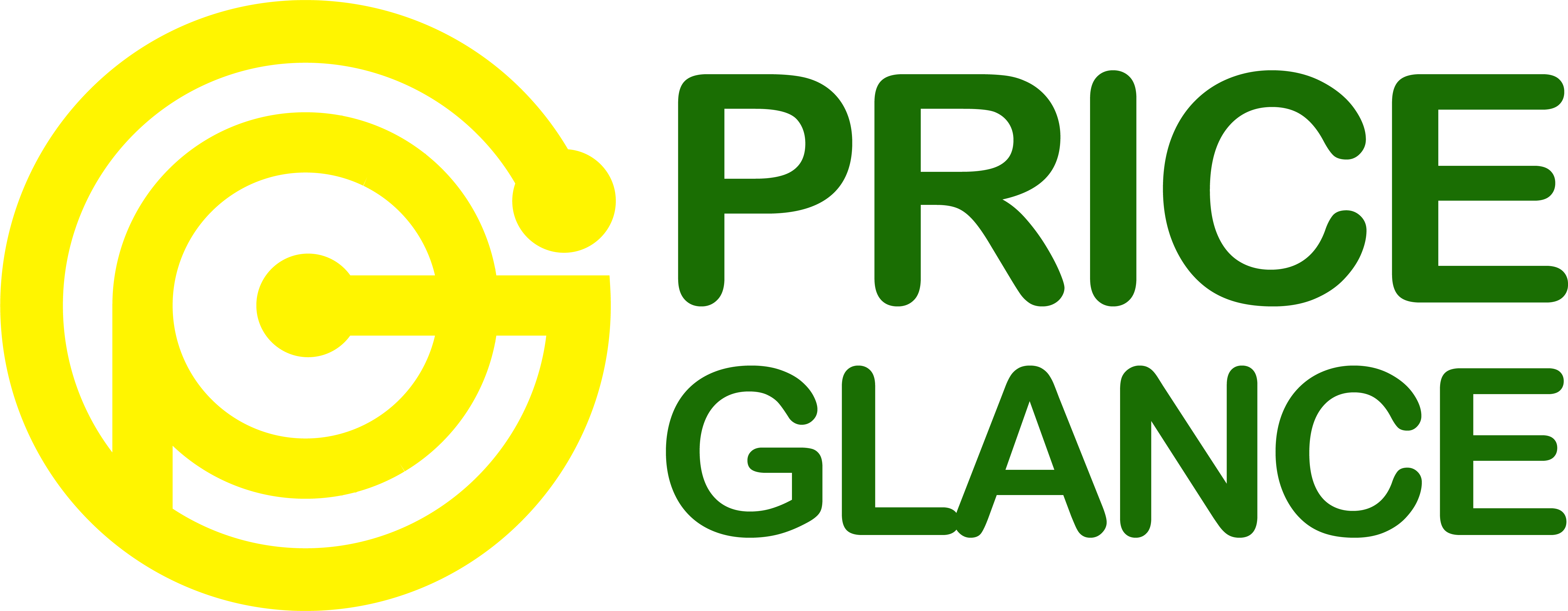
Introduction:
Setting the right price for your digital product is crucial for its success. Whether you’re selling software, e-books, online courses, or digital downloads, a well-crafted pricing strategy can maximize your revenue and attract the right customers. In this article, we will delve into the world of digital product pricing and provide you with valuable insights to help you set the perfect price for your offerings.

Digital Product Pricing Strategies Overview:
Before diving into specific pricing techniques, it’s important to understand the various digital product pricing strategies available. Here are three common approaches:

1. Cost-Based Pricing: This strategy involves determining the price based on the production and operational costs incurred. It ensures that your product covers expenses and generates a profit margin.
2. Value-Based Pricing: With this strategy, the price is determined by the perceived value of your digital product. It focuses on the benefits and unique value proposition your product offers to customers.
3. Competitive Pricing: This strategy involves analyzing the pricing of similar digital products in the market and setting your price accordingly. It ensures that your product remains competitive while still delivering value to customers.
8 Tips for Pricing Your Digital Products:
1. Understand your target audience: Conduct market research to identify the needs, preferences, and price sensitivity of your target audience. This information will help you determine the optimal price range.
2. Analyze your costs: Calculate the fixed and variable costs associated with developing and delivering your digital product. Consider factors such as development time, marketing expenses, and ongoing maintenance costs.
3. Determine the value proposition: Clearly articulate the unique value your digital product offers to customers. Highlight the benefits, features, and advantages that set it apart from competitors.
4. Consider pricing tiers: Create multiple pricing tiers to cater to different customer segments. Offer basic and premium options with varying features and pricing to accommodate diverse buyer preferences.
5. Implement pricing experiments: Conduct A/B testing or offer limited-time promotions to gauge customer response to different pricing strategies. Collect feedback and data to refine your pricing approach.
6. Leverage psychological pricing techniques: Utilize strategies such as charm pricing (ending prices with 9 or 99), decoy pricing (introducing a higher-priced option to make other options seem more attractive), and bundling (combining multiple products for a discounted price) to influence customer perception.
7. Monitor and adjust pricing regularly: Continuously track market trends, competitor pricing, and customer feedback. Be willing to adapt and adjust your pricing strategy to remain competitive and profitable.
8. Offer flexible payment options: Provide customers with various payment plans, such as one-time purchase, subscriptions, or installment payments. This flexibility can increase affordability and attract a wider customer base.
Conclusion:
Crafting the right price for your digital product requires careful consideration and a strategic approach. By understanding your target audience, analyzing costs, and implementing effective pricing strategies, you can maximize profitability and ensure the success of your digital product. Remember to regularly monitor and adjust your pricing based on market dynamics and customer feedback. With a well-thought-out pricing strategy, you can achieve optimal revenue while delivering value to your customers.
Learn More: Exploring the Future: Top Ecommerce Trends in 2024
